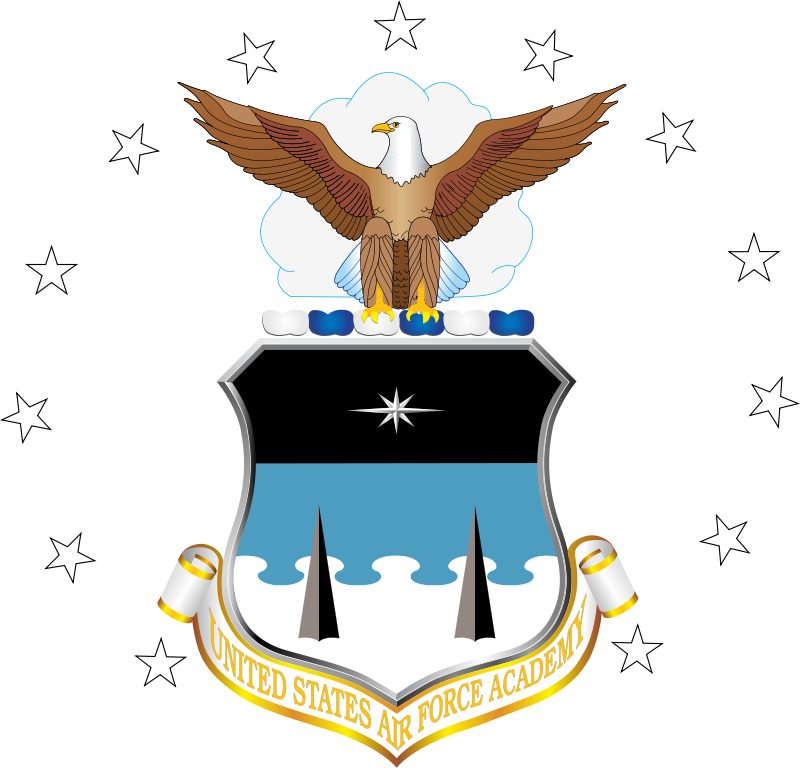
A commission to select a site for the Air Force Academy was appointed by Secretary of the Air Force Harold E. Talbot. After reviewing 580 proposed locations, three suitable sites were chosen: Alton, Illinois, Lake Geneva, Wisconsin, and Colorado Springs, Colorado.
The site finally selected is on the eastern slope of the Rampart Range of the Rocky Mountains of Colorado, and covers 18,455 acres (7,468 hectares). The Cadet Area is at an elevation of 7,258 feet (2,212 meters) above Sea Level.
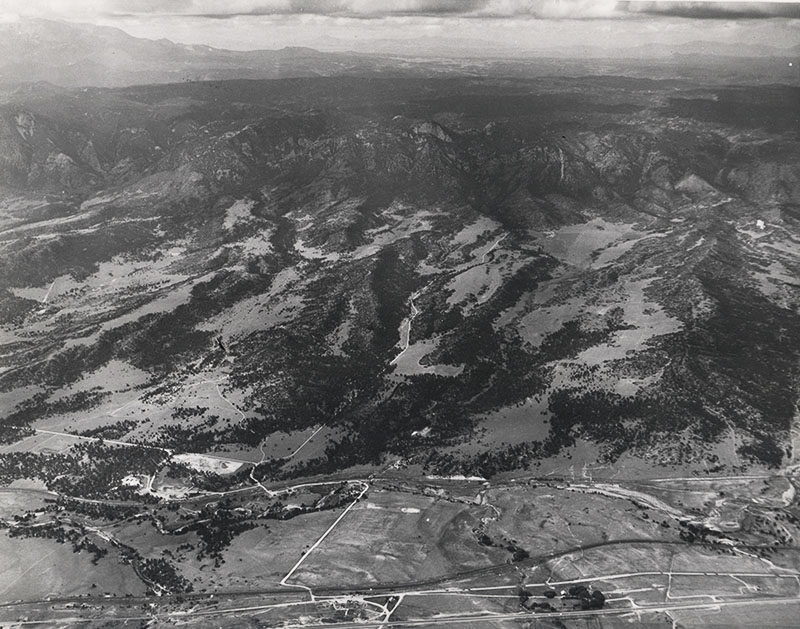
While planning and construction of the future Academy was under construction, the first class of cadets, 306 men the Class of 1959, began their training and education at Lowry Air Force Base, Denver, Colorado, 11 July 1955.
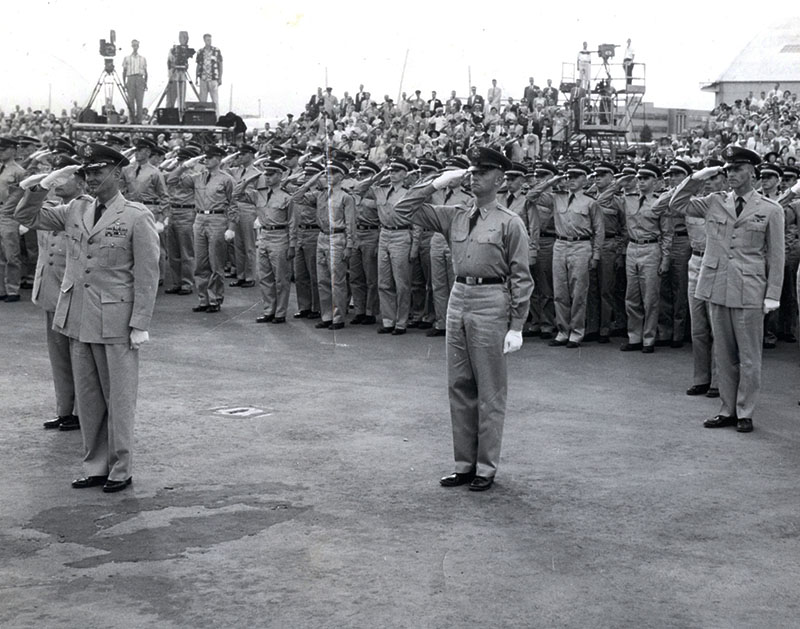
The Academy’s first superintendent was Lieutenant General Hubert Reilly Harmon, U.S. Air Force. Harmon had retired 27 February 1953, but was recalled to active duty by request of President Eisenhower, 8 November 1953. General Harmon is considered to be “The Father of the U.S. Air Force Academy.”
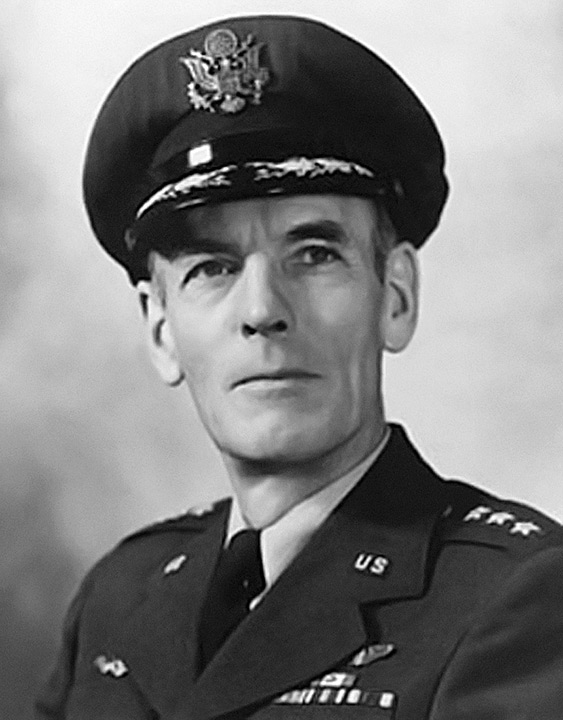
“General Harmon’s efforts directly resulted in the establishment of the U.S. Air Force Academy. His visionary leadership has earned him this title.
“General Harmon was a crucial force in the conception and founding of the U.S. Air Force Academy; this role became the capstone of his career. Almost as soon as the Stearns-Eisenhower Board issued its report on the service academies in 1949, General Harmon was assigned as Special Assistant to the Chief of Staff of the Air Force for Air Force Academy matters with responsibility for all planning of the future academy. He took this trust very seriously, and personally coordinated all issues concerning the planning, location, and beginnings of the new institution. He and a small staff worked with Congress to draft the legislation that established the Academy on April 1, 1954. Though retired in 1953, after thirty eight years of service, he returned to active service in November of that year at the request of President Eisenhower, and took his last assignment in August 1954 as first Superintendent of the new Academy. Sacrificing his already failing health, he served for almost two more years before retiring in July 1956. He died in 1957 of lung cancer.
“General Harmon’s contributions to establish the Academy and its legacy as a world-class leadership and academic proving ground deserve our respect and admiration. His achievements have a lasting impact on our Air Force and the officers who graduate from this fine institution.”
—Memorandum in celebration of the U.S. Air Force Academy’s 50th Anniversary, 1 April 2004, signed by James G. Roche, Secretary of the Air Force, and General John P. Jumper, Chief of Staff
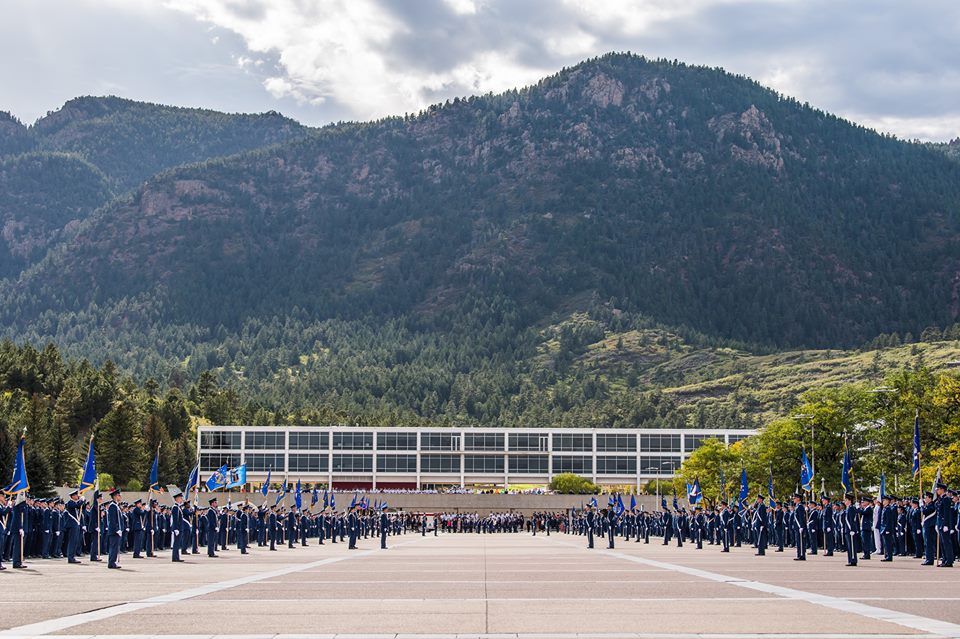
The architectural firm Skidmore, Owings and Merrill, of Chicago, Illinois, was selected to design the Academy. The lead architect was Walter Andrew Netsch, Jr. A modernist style was chosen, featuring “an asymmetrical arrangement of buildings within a rectangular plan, the raising of buildings on pilotis [pillars, or stilts] and the extensive use of glass.”
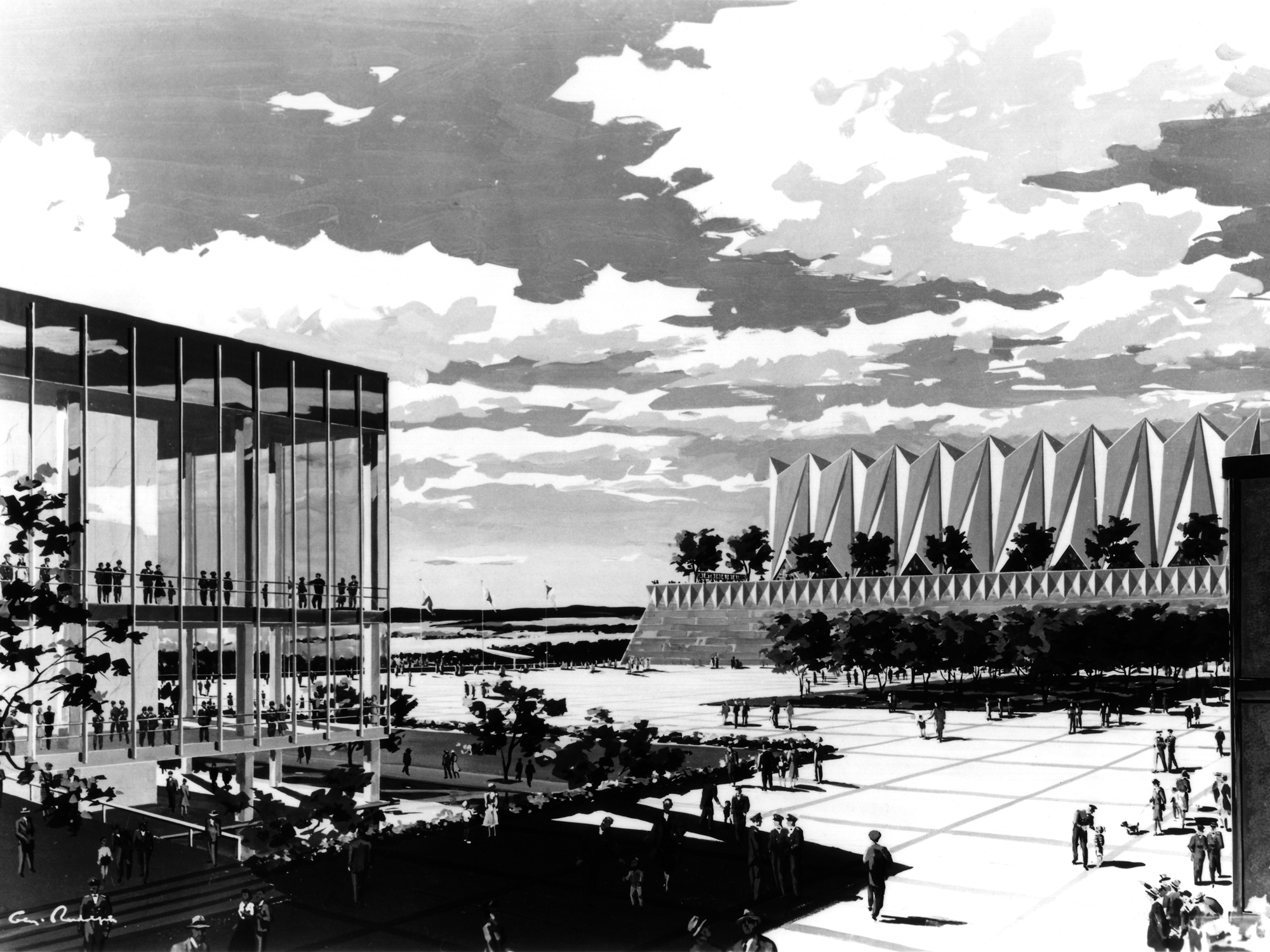
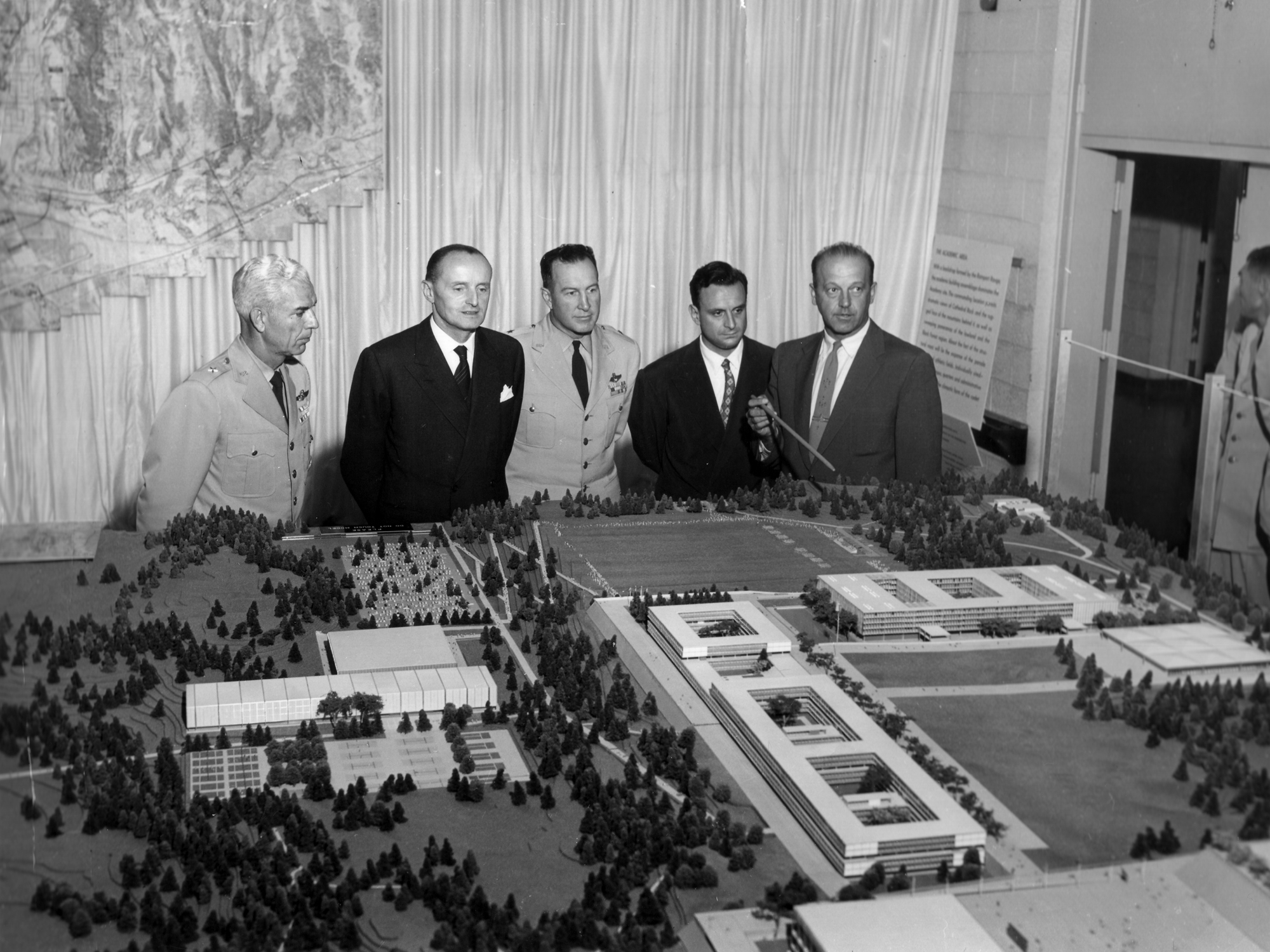
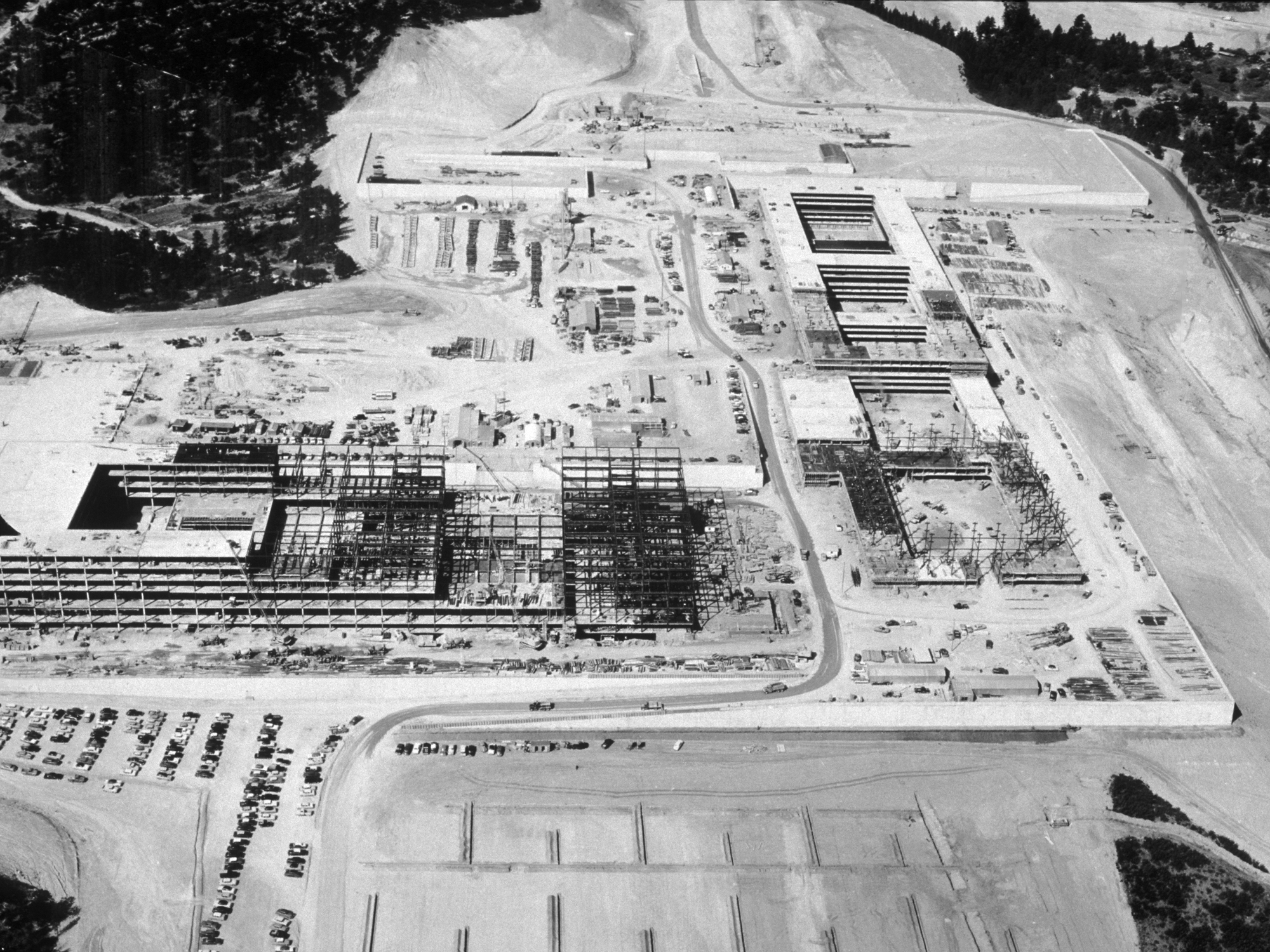
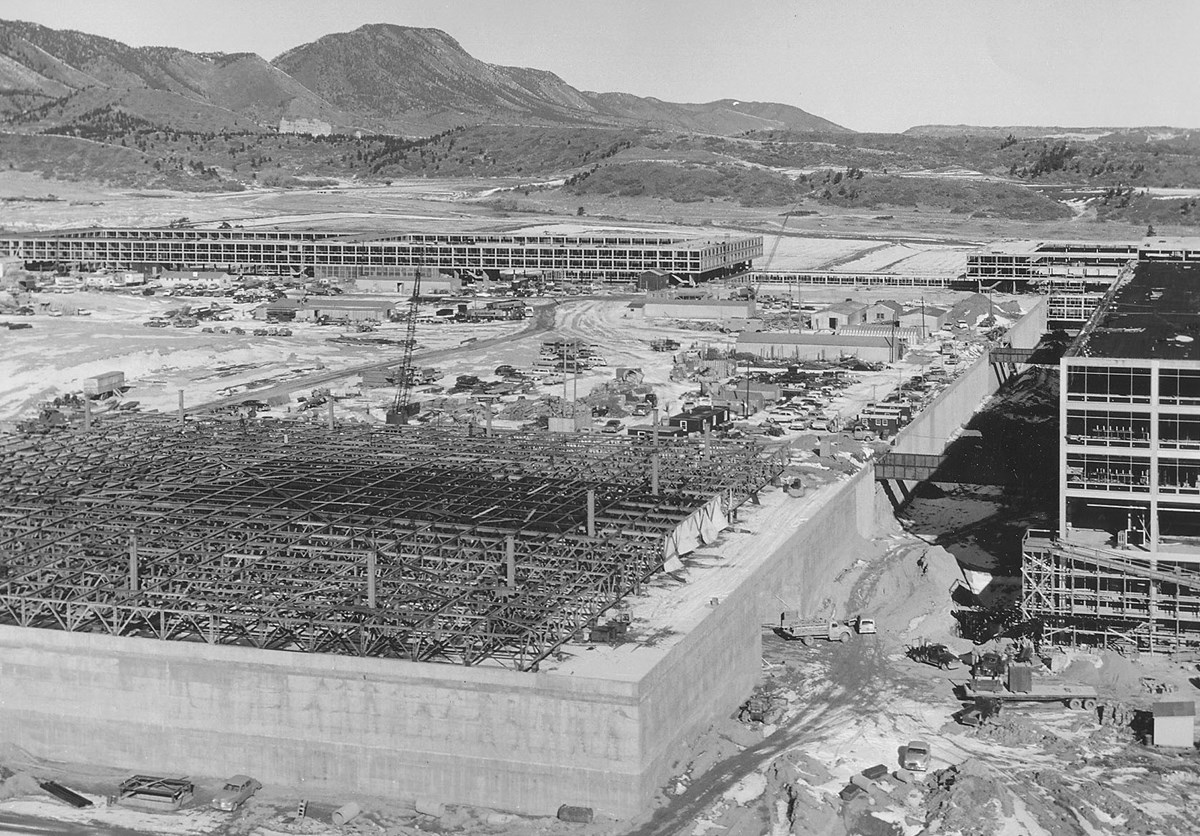
The most dramatic building at the Academy is the Cadet Chapel, with its 17 spires. The Chapel was completed in 1962. It is currently undergoing a multi-year renovation.
Vandenberg Hall, the original cadet dormitory, has recently been thoroughly renovated and modernized.
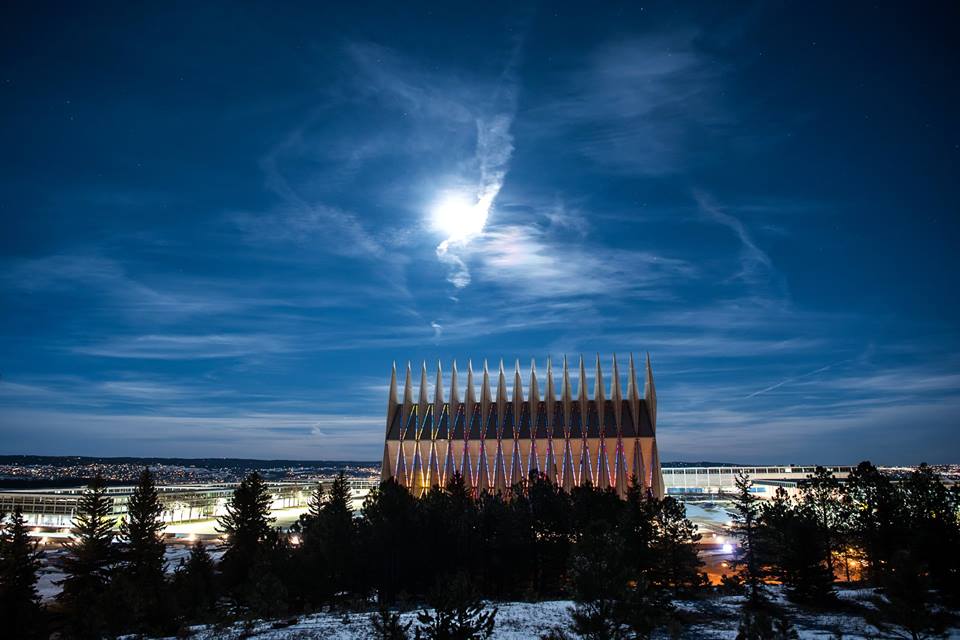
© 2019, Bryan R. Swopes